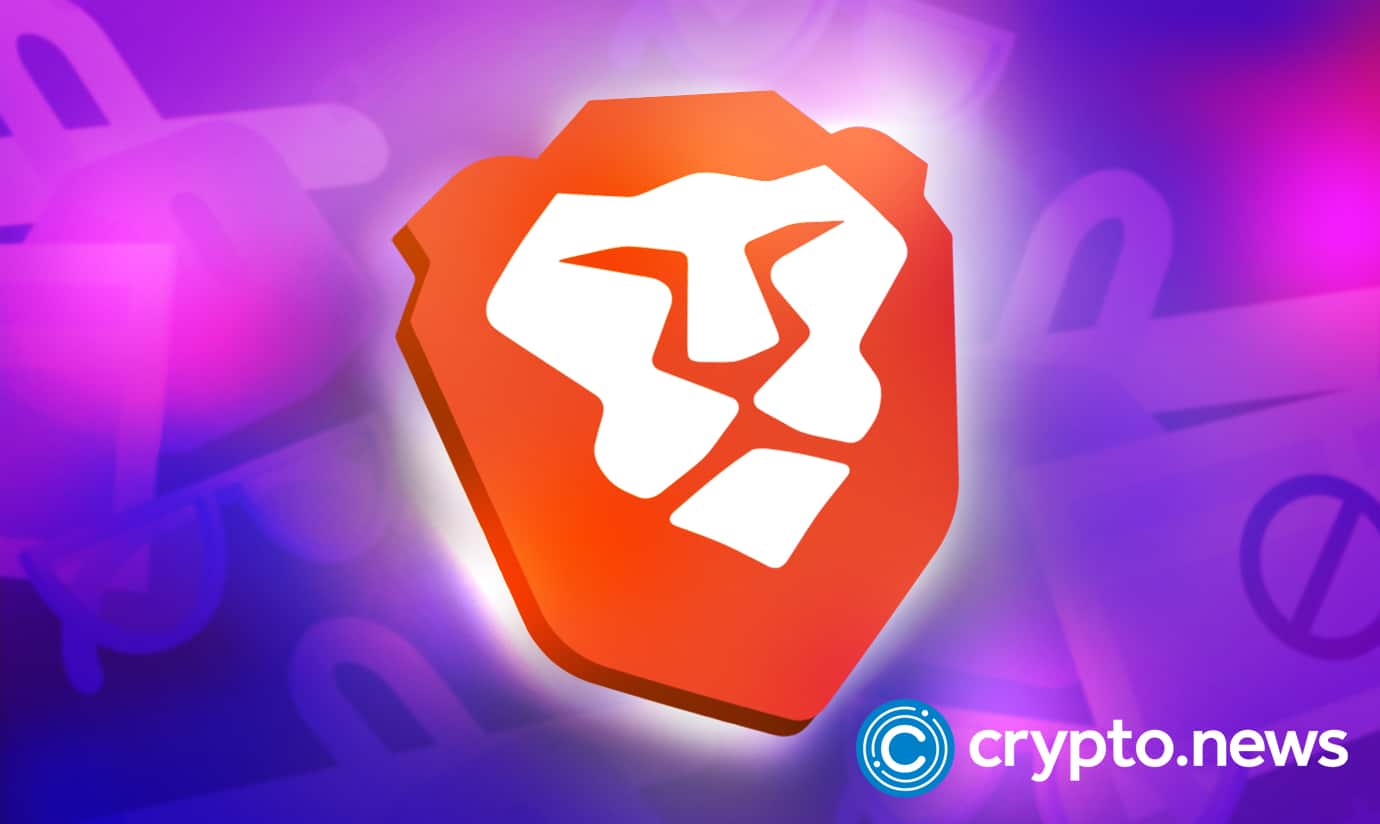Spatial is a leading RT3D Metaverse platform for various hardware, including web browsers and XR headsets. The online platform promotes interactive social and immersive gaming worlds with rich branding and content creation opportunities.
Spatial also assists in the We3 revolution. The platform promotes immersive user-generated content, enabling an ecosystem of platform creators using Spatial to build and share online experiences and worlds.
Spatial is leveraging existing popular RT3D content creation tools to become the go-to Metaverse content creation hub. The platform allows its developers to design RT3D experiences ready for a player to enjoy “anywhere and everywhere,” according to Jake Steinerman, Head of Community at Spatial.
Jake Steinerman spoke with XR Today last week, addressing the firm’s most recent user-generated content toolkit, company vision, and the state of the Metaverse in 2023.
Spatial Hits Big at GDC 2023
In March, at the Game Developers Conference (GDC) 2023 in San Francisco, Spatial announced the platform’s new Unity Creator Toolkit is entering its beta stages.
The update allows platform developers to design interactive and gaming assets for the Metaverse platform. The move promotes a user-generated content ecosystem via a flexible suite for creating, building, and publishing hardware-agnostic immersive content.
Spatial’s Unity Creator Toolkit allows immersive content developers to distribute their custom games and interactive, immersive content for users operating Spatial through a web browser, VR headset, or mobile device.
To promote its user-generated content ecosystem, Spatial is working with big brands to generate interest in bespoke Web3 content. The spatial line-up of brand partners represents a range of enterprise end-users, such as Adidas, Vogue, Ready Player Me, OpenSea, Polygon Studios, and Samsung.
Web3-based user-generated content, such as Spatial’s, provides a fresh audience engagement avenue for brands via affordable immersive content. For example, Spatial’s Unity Creator Toolkit beta model powered the 2023 Metaverse Fashion Week on Spatial between 28 to 31 March. During the ceremonious week, the event highlighted Spatial’s ability to showcase branded fashion, interoperable avatars, and Web3 products.
What does it mean for the Spatial Metaverse?
By introducing Unity RT3D content development tools, Spaital invites its community to build the service. By putting its content creation tools in the hands of its users, Spaital can naturally grow its service, development talent pool, and content on offer.
Steinerman noted that Spaital started as a platform solely available on XR headsets such as Microsoft’s HoloLens and the Magic Leap. However, as Spatial grew, the firm found an increasing area of opportunity within expanded hardware support like web browsers and mobile devices.
Opening the gates for new experiences outside Spatial’s initial immersive collaboration vision allows the firm to promote its native developers to design new interactive social Metaverse experiences.
Steinerman added:
The types of experiences that people and builders have been creating, the types of experiences that “Explorers” as we call them non-builders have been wanting for as well, has changed over that time, starting as a collaboration platform, moving into art galleries. The community is really looking for more interactive experiences.
The Spatial representative also noted how the Metaverse service operates on the Unity engine. Moreover, according to Steinerman, the firm wishes to “take the power of Unity” and give that back to creators to “make it really easy for them to build on top of Unity and then publish that directly to spatial.”
Spatial’s Creator toolkit, also known as Unity SDK, lets platform developers design “basically using anything out-of-the-box with unity today” and then distribute their immersive content onto Spatial, ready for web, mobile, and VR.
Steinerman also noted:
So, it’s never been easier as a developer, even if you don’t consider yourself a developer or game developer, to take a unity experience and make it extremely accessible through our Creator toolkit.
Swing to Focus on Interactivity and Gaming
As mentioned, Spatial transitioned from a Metaverse-based collaboration solution to a consumer–ready space for immersive user-generated content and games, almost like Youtube or TikTok for leveraging RT3D assets instead of videos.
Steinerman explained that it’s about giving Spatial builders more tools to create immersive content and giving those visitors “more things to do.”
By giving users more interactivity options within an immersive space, visitors to an immersive environment should feel encouraged to spend more time in an immersive space; this could improve customer retention during a user’s visit to a branded Spatial environment.
Steinerman added:
Once you’re there [in a Spatial environment], you’re spending more time, not necessarily just spending more time by yourself, but you’re spending time with other people, socialising, doing things together. Think of it like when you go out with friends to town to do an activity. It’s the act of socialising. It’s the same idea with these virtual spaces, Spatial and other platforms. You want to go with your friends.
The Spatial representative notes how platform developers could create gamified assets for an immersive environment. Steinerman gave the example of a mini golf course or a stylized cityscape race track.
Steinermen noted how it is crucial to have the Unity toolkit be “really accessible” so that developers at all levels can quickly familiarize themselves with the platform and how to create for it.
The Head of Community at Spatial also added:
Everyone from indie developers to big studios, so you’re getting a huge range of content that you wouldn’t normally get from, say, previous generations of game development. Since the tools are so accessible and the distribution platforms methods are so accessible.
The State of the Metaverse in 2023…
Concluding, Steinermen touched upon the current state of Metaverse platforms in 2023 and into the future.
The community head honestly noted that “it’s really hard to know” where the Metaverse will be in the near or distant future because there are “so many different factors that come into play.”
Steinerman also added:
With any good technology, there’s going to be these step changes, there will be these big moments like the Apple headset, in which all the rumours are being talked about. When that comes through, I think that’ll be a big moment that really lights a fire under the XR market, which I think has kind of been waiting for that a little. I think a flood of more devices to the market and with that, a flood of more content or a flood of more creators looking for more tools to better create that content. What’s going to be the TikTok of the metaverse in terms of easy creation tools? Of course. We’re hoping you know to be a part of that conversation.
Finally, Steinerman stated that 2023 is an “inflexion point” for the Metaverse. He noted that while there has been “a lot of negative articles” surrounding the Metaverse in terms of numbers and active user bases, the Metaverse is “more than just Meta,” Steinerman explained that the Metaverse as a whole is all about immersive experiences and empowering individual creators who create that content – “the beating heart of the Metaverse.”
Read More: www.xrtoday.com









 Bitcoin
Bitcoin  Ethereum
Ethereum  Tether
Tether  XRP
XRP  Solana
Solana  USDC
USDC  Dogecoin
Dogecoin  Cardano
Cardano  TRON
TRON  Lido Staked Ether
Lido Staked Ether  Wrapped Bitcoin
Wrapped Bitcoin  Sui
Sui  Chainlink
Chainlink  Wrapped stETH
Wrapped stETH  Avalanche
Avalanche  Stellar
Stellar  Shiba Inu
Shiba Inu  Hedera
Hedera  Toncoin
Toncoin  LEO Token
LEO Token  Hyperliquid
Hyperliquid  Bitcoin Cash
Bitcoin Cash  Litecoin
Litecoin  Pi Network
Pi Network  Polkadot
Polkadot  USDS
USDS  WETH
WETH  Monero
Monero  Wrapped eETH
Wrapped eETH  Binance Bridged USDT (BNB Smart Chain)
Binance Bridged USDT (BNB Smart Chain)  Pepe
Pepe  Bitget Token
Bitget Token  Ethena USDe
Ethena USDe  Coinbase Wrapped BTC
Coinbase Wrapped BTC  WhiteBIT Coin
WhiteBIT Coin  Uniswap
Uniswap  Bittensor
Bittensor  NEAR Protocol
NEAR Protocol  Dai
Dai  Aptos
Aptos  OKB
OKB  Aave
Aave  Ondo
Ondo  Internet Computer
Internet Computer  BlackRock USD Institutional Digital Liquidity Fund
BlackRock USD Institutional Digital Liquidity Fund  Ethereum Classic
Ethereum Classic  Cronos
Cronos  Tokenize Xchange
Tokenize Xchange